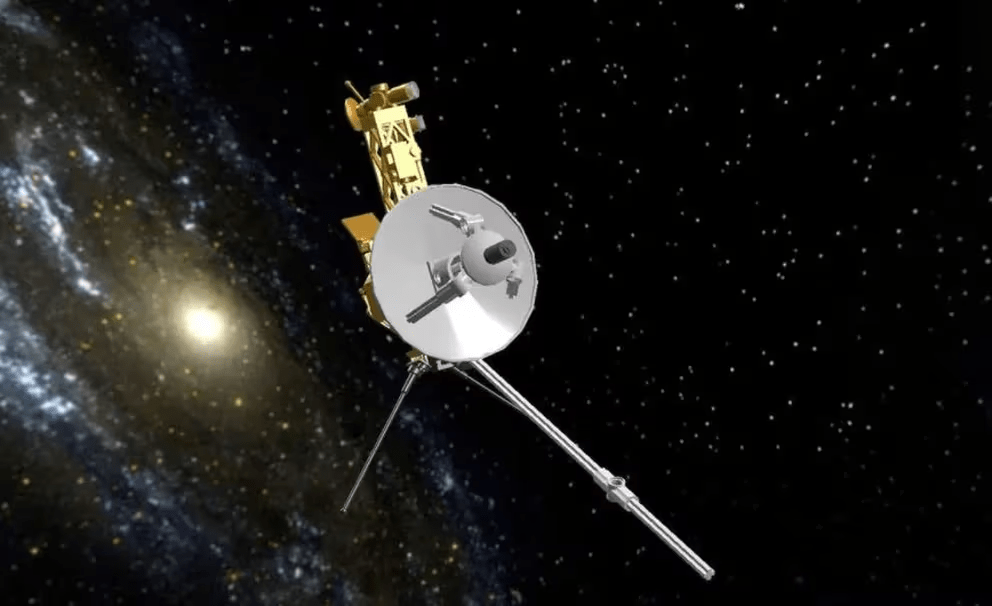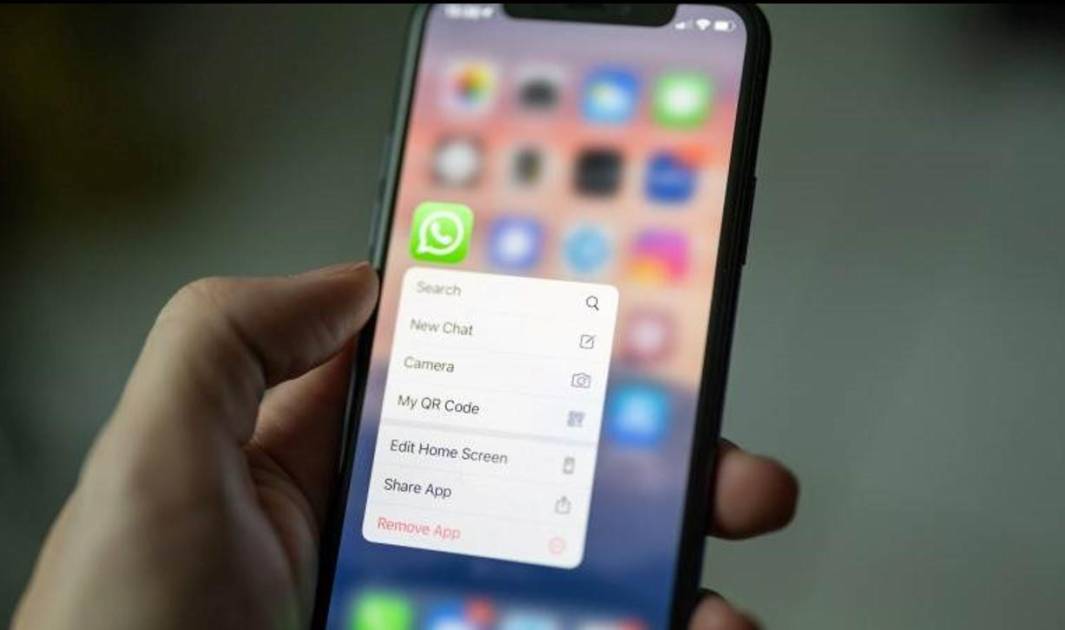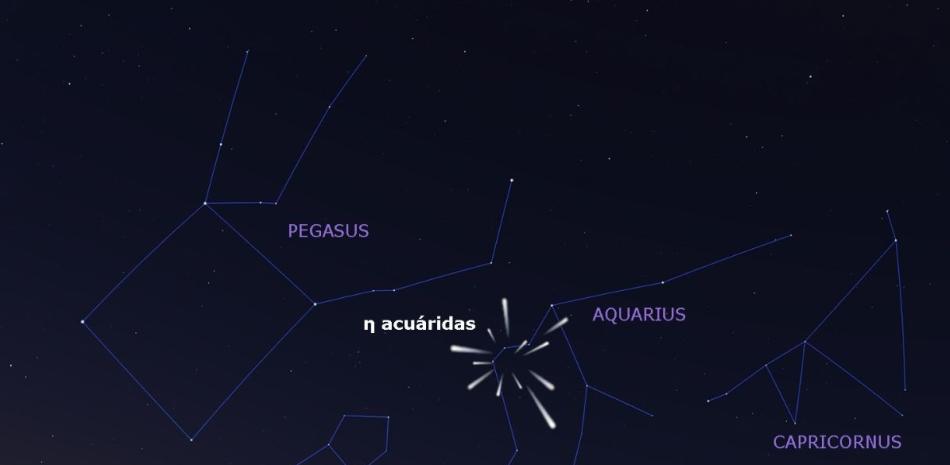Space exploration has always existed impressed, and the Moon has been a constant object of study. Recently, NASA conducted a Technical achievement Marking a milestone in research mole: For the first time, they were shot Laser rays From lunar orbit to landing on the lunar surface.
Let's imagine for a moment that we are lost on the moon pits and unknown terrain. Therein lies the importance of use Laser rays. NASA used an instrument with its Lunar Reconnaissance Orbiter (LRO). LOLA (Lunar Orbiter Laser Altimeter) A to send Laser beam Towards India's Vikram Lander, specifically a domed aluminum device the size of a billiard ball!
This is Laser beamLike a spatial “ping,” it allowed scientists to determine location Accurate of the lunar lander.
Why is this technique so important?
A technique for sending laser pulses towards an object Measuring the time it takes for light to bounce back to track Earth-orbiting satellites, but doing it the other way around, from a moving spacecraft to a stationary one on the Moon, novelty This will be important for future manned missions as astronauts in space probes have pinpoint accuracy of their location.
It is December 12, 2023, at 3 PM, the LRO His pointed out Lola Laser Altimeter This pointed to a slight regression in Vikram Pot And this Indian Space Research Organization (ISRO). The two spacecraft were 62 miles (100 kilometers) apart when the light bounced off the spacecraft's retroreflector was recorded. Pot On the ship Vikram.

This communication marked a historic achievement: for the first time a Laser beam Transmitted and reflected between a moving spacecraft and a spacecraft stationary on the lunar surface. Now, the emphasis is not only on knowing the space, but also on the ability to detect objects on the Moon from orbit, and this is an important step for future human missions.
What does this retroreflector look like?
On the other hand, the laser retroreflector Vikram, just 5 centimeters (2 inches) wide, is a technological marvel. Consisting of eight quartz corner cube prisms within a dome-shaped aluminum frame, this compact device requires no power or maintenance. Its unique design allows incoming light to reflect from any direction toward its source, enabling detection from lunar orbit.

LolaAltimeter on board LRO of Pot, commonly used to map the lunar landscape in preparation for future missions. However, its use in this particular task involves sending five Laser rays Measure the time it takes each to bounce back toward the moon. Although the altimeter required eight attempts to contact the retroreflector Vikram Due to the large gap between the laser beams, the stability of the instrument was successfully demonstrated.
This technological advancement is exciting in the aspect of crew safety in space missions, using technology. Laser rays Space exploration and determining the location of objects in the extraterrestrial environment.
Share science, share knowledge.





